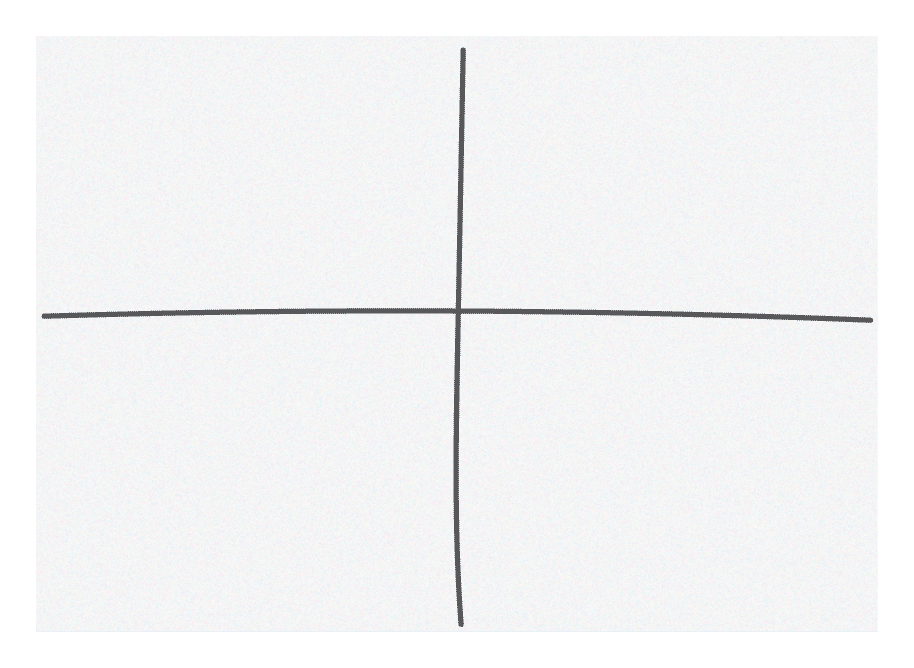35 Identifying patterns: Life Stories
Identifying patterns Life Stories
In this topic, we want you to explore your patterns, habits and ‘ways of working’, and also those of your teams, as well as the ways that you ‘fit’ and show up in those teams. There is a series of exercises and processes for you to explore and apply. Some of these will be great for you to do with team members, or share with your teams. We then get you to examine the concept of High Reliability Organisations (HROs), and the actions and behaviours that make teams within such organisations, successful.
Identifying patterns exercise
Susan Goldsworthy notes that we all have patterns in our lives.1 We repeat these patterns over and over, in our personal and professional lives. They are sometimes helpful and sometimes not, but whatever they are, they are ours.
Susan encourages us to think about where these patterns and habits come from. She believes that if we know where they came from and we understand them, then we can continue, enhance, change or eliminate them.
This exercise is designed to help you become more aware of your behaviour and where it comes from.
Identifying patterns activity: Creating your Life Pictures
Draw your Life Pictures
Take a large sheet of plain paper, say A3 or larger. Divide it into 4 sections, as shown below. Work clockwise from top-left; click on the marker in each section in turn, and draw the image described.
For each section, add some words that help describe that time for you. You might use a phrase or work that makes sense; perhaps name a song or experience that has stuck in your mind.
Draw pictures of each of these
Your childhood Your young adulthood

Your life in the future: how you would like it to be. Your life today. Draw a picture of your life today
Reflect on your Life Pictures
Look carefully at each section of your Life Pictures created in the step above, and work through each of the tabs in the activity below.
REACTIONs SHARE PATTERNS IMPACTS
Think about these patterns and how they ‘show up’ in your work in teams, and in how you help to deliver on projects in your workplace. What impact do you think your Life Pictures and patterns have on others, and on your teams?
If you are comfortable, share your Life Pictures with a colleague or close friend. [HINT: If you prefer not to, a simple and really effective way to do this is to stand in front of a mirror, and share your Life Pictures with your reflected self].
Discuss the patterns in your life. Which ones serve you well? Which ones would you like to change, modify, or get rid of?
Think about these patterns and how they ‘show up’ in your work in teams, and in how you help to deliver on projects in your workplace. What impact do you think your Life Pictures and patterns have on others, and on your teams?
Overall what are your insights here?
Look carefully at each section of your Life Pictures. At a quick glance, what you do see? What are the progressions that you notice? What are your reactions and thoughts now as you look at your Life Pictures?
A word of caution
This exercise can cause deep thinking for some, so please only share when you feel comfortable to do so, and remember that these are observations of your behaviours at certain moments in time.
Reflection
This might be an ideal exercise to include in your reflective journal!
Revisit your Team example from the unit Primer. How did your Life Pictures and your typical patterns ‘show up’ in that example? How did they contribute to the project successes? What did others on the project ‘see’ about you and your contributions?
Now that you have had a close look at your life and your future aspirations, we ask you to take some time to think about The Army, its purpose, and the division and teams where you are stationed. We will give you some pointers In the next section to help you as you think about the purpose of the Australian Army.
References
- McFarland, W., & Goldsworthy, S. (2013). Choosing Change: How Leaders and Organizations Drive Results One Person at a Time. McGraw-Hill Education.

